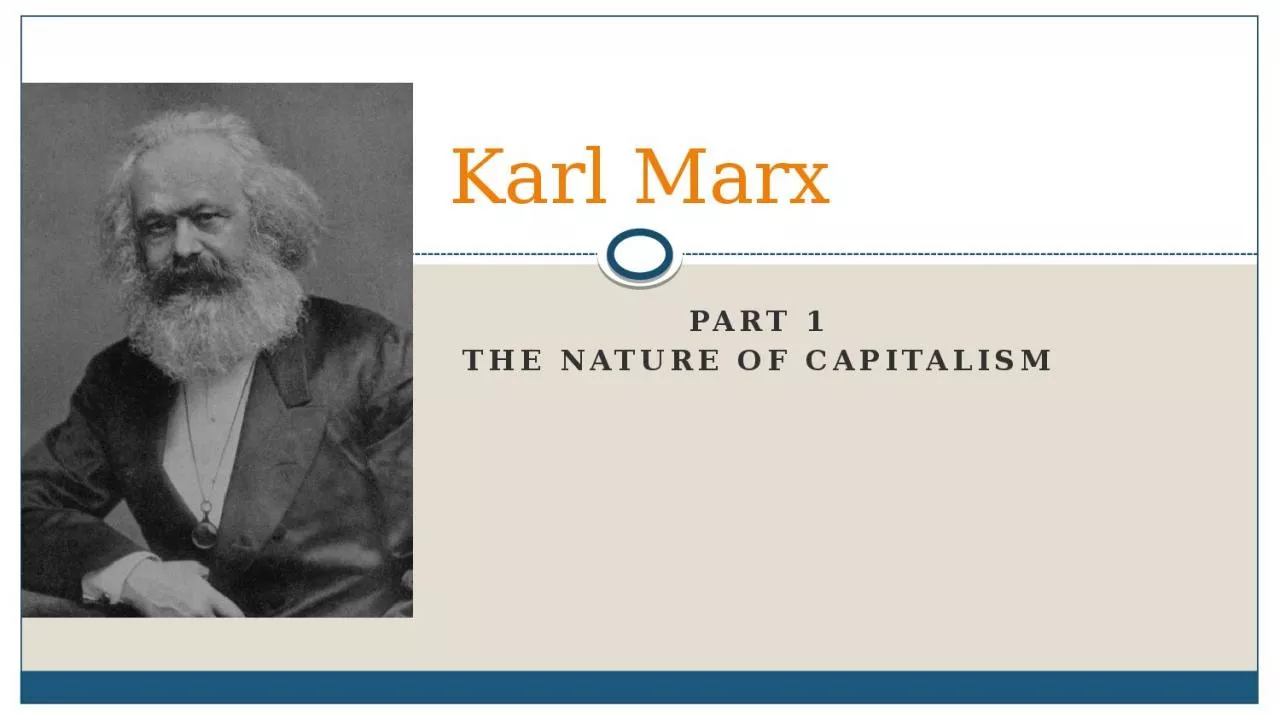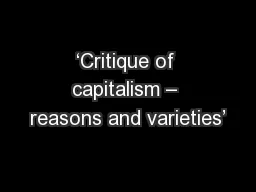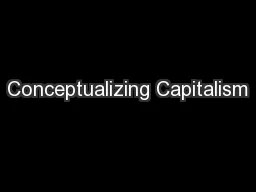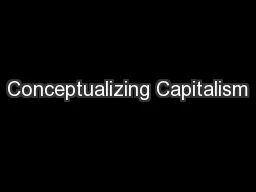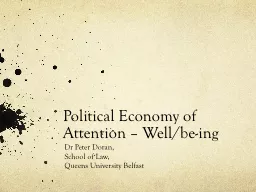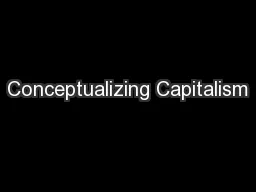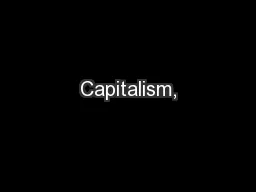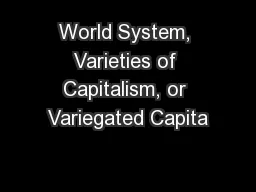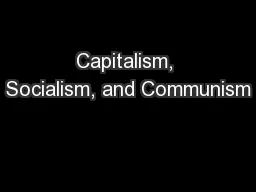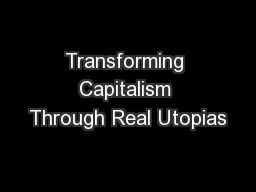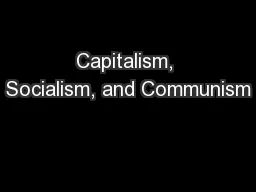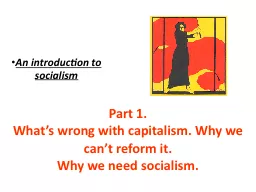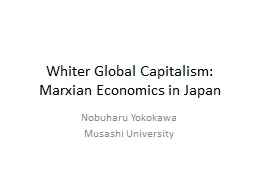PPT-Part 1 The Nature of Capitalism
Author : clara | Published Date : 2022-06-15
Karl Marx Biography See Buchholz and if youre interested see the film The Young Karl Marx available for paid streaming on Prime Video Lived 18181883 contemporary
Presentation Embed Code
Download Presentation
Download Presentation The PPT/PDF document "Part 1 The Nature of Capitalism" is the property of its rightful owner. Permission is granted to download and print the materials on this website for personal, non-commercial use only, and to display it on your personal computer provided you do not modify the materials and that you retain all copyright notices contained in the materials. By downloading content from our website, you accept the terms of this agreement.
Part 1 The Nature of Capitalism: Transcript
Download Rules Of Document
"Part 1 The Nature of Capitalism"The content belongs to its owner. You may download and print it for personal use, without modification, and keep all copyright notices. By downloading, you agree to these terms.
Related Documents

